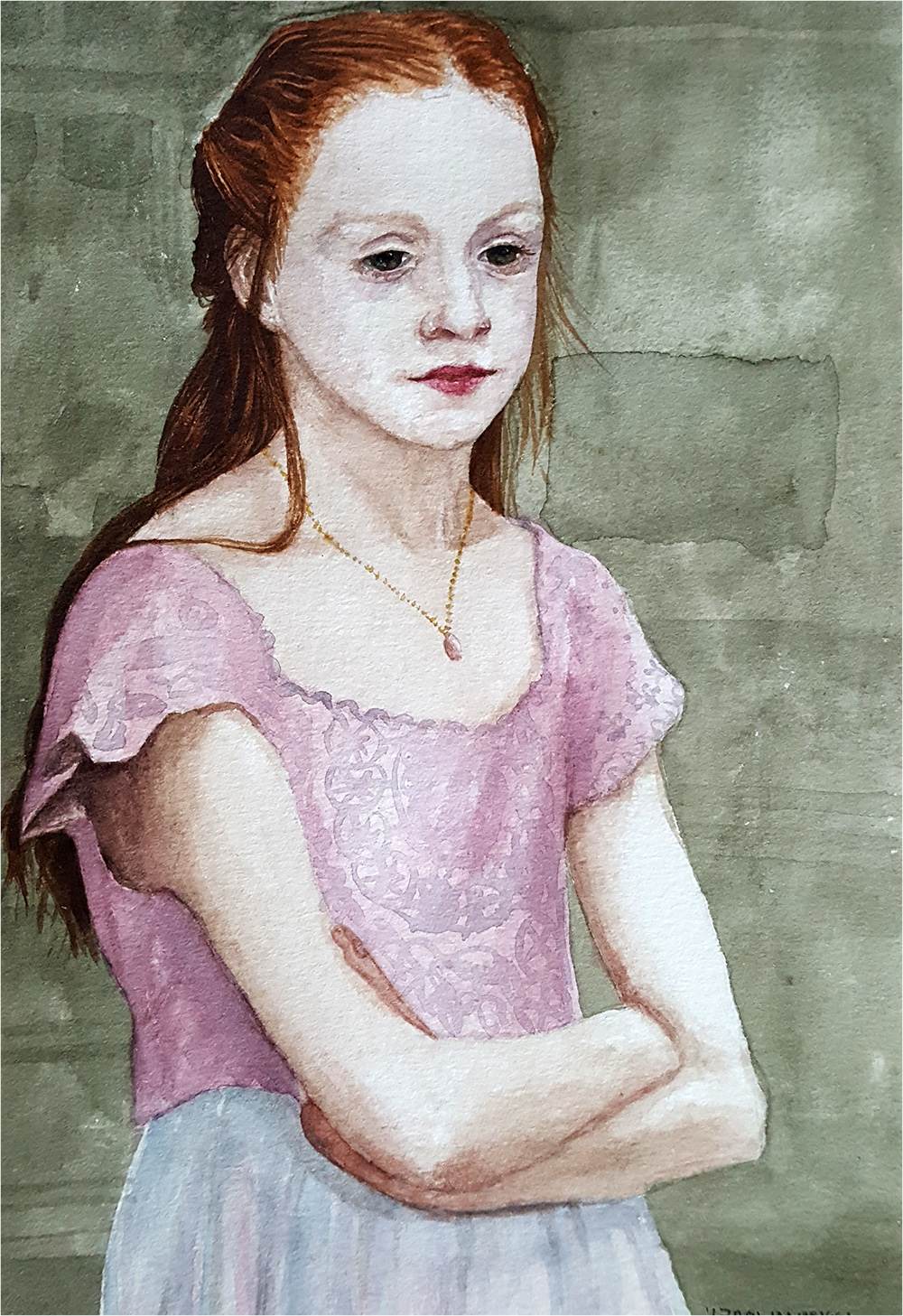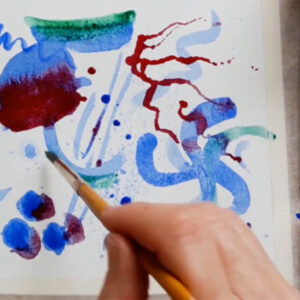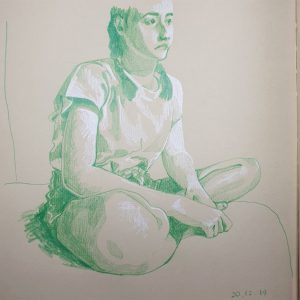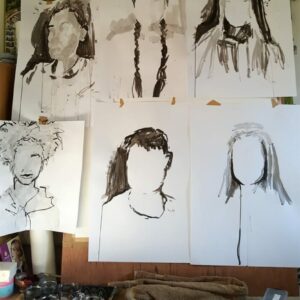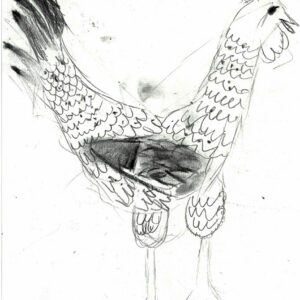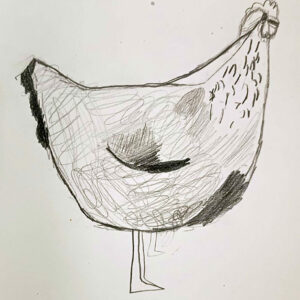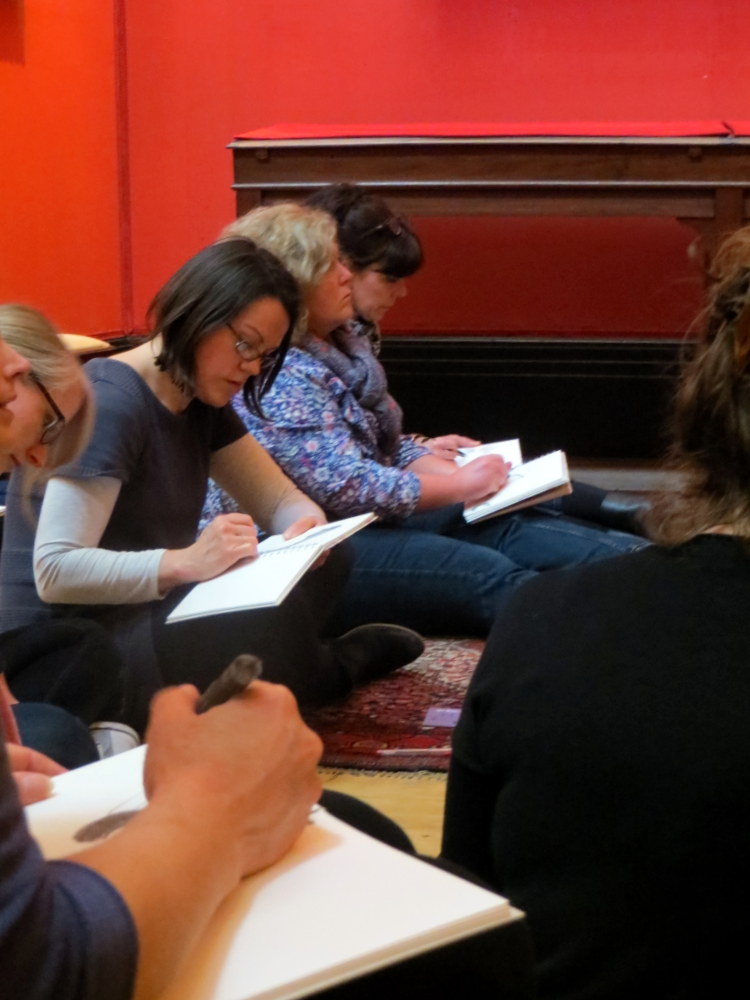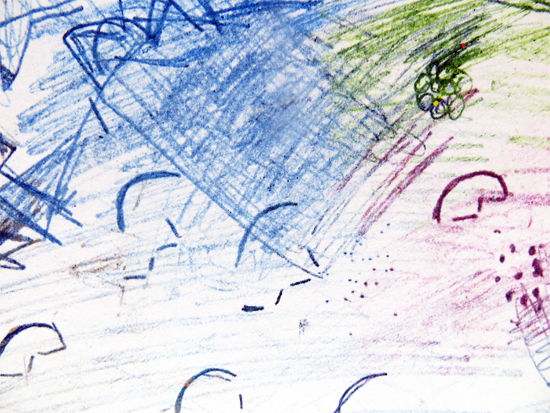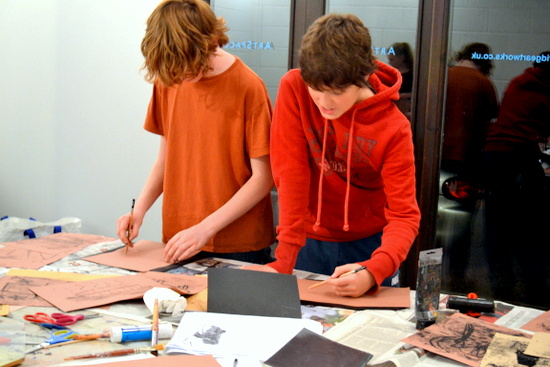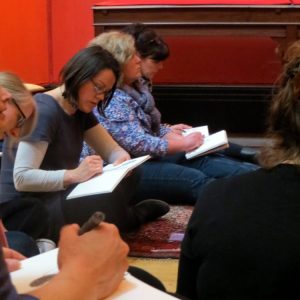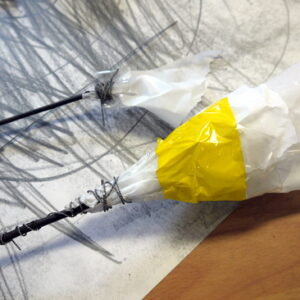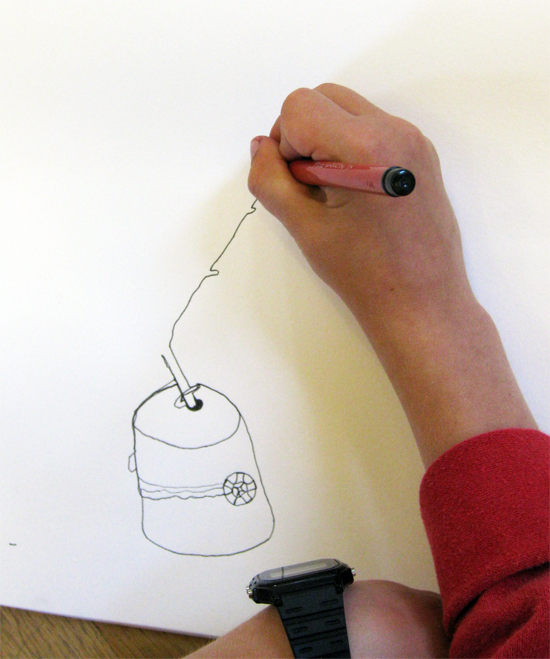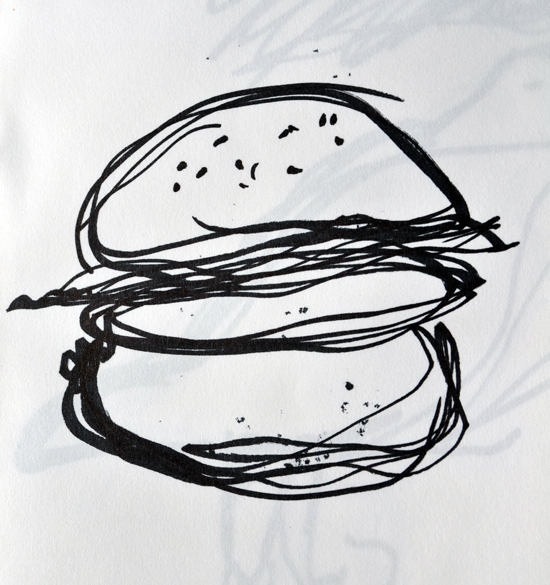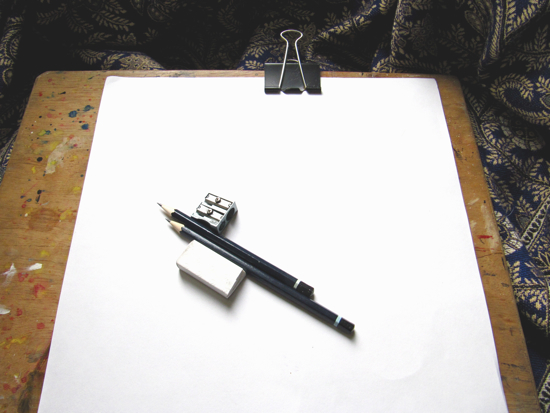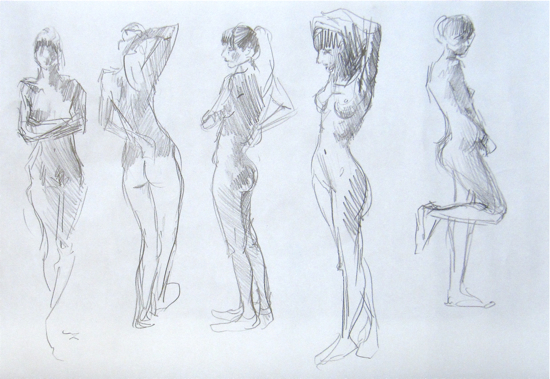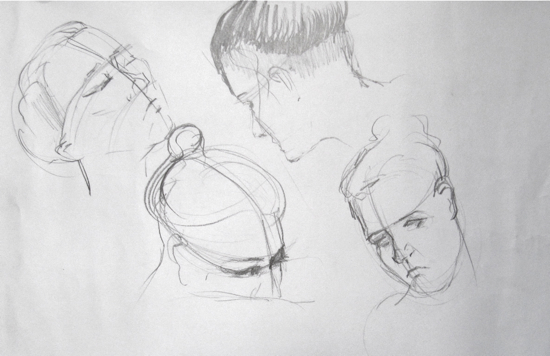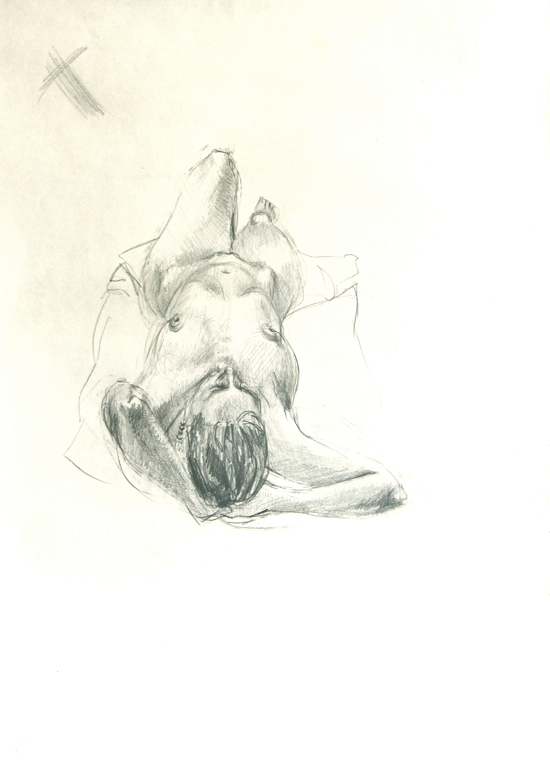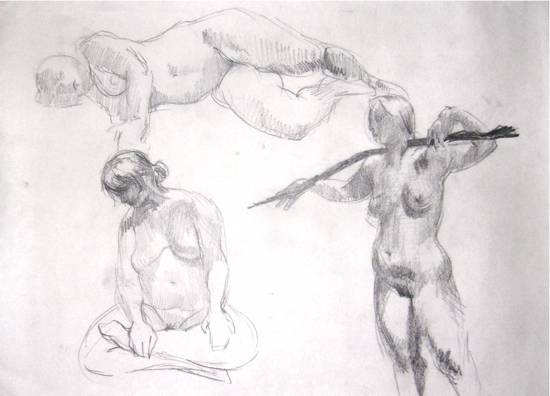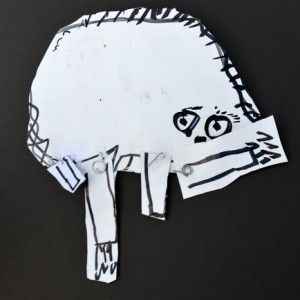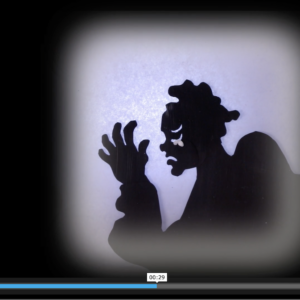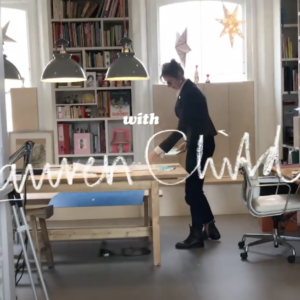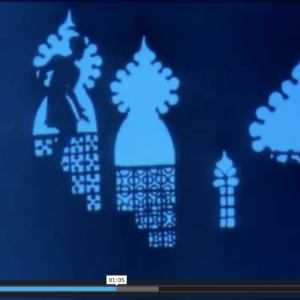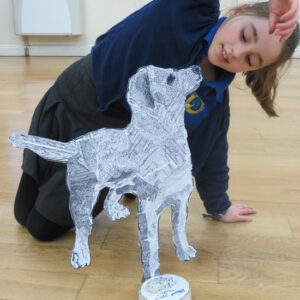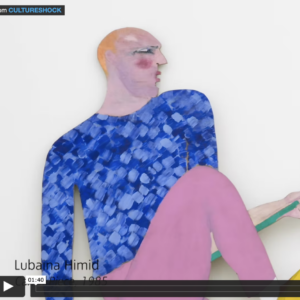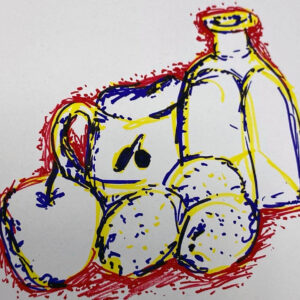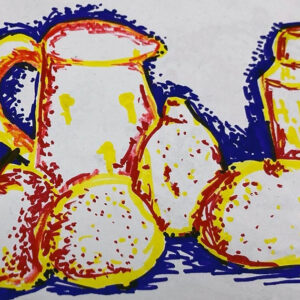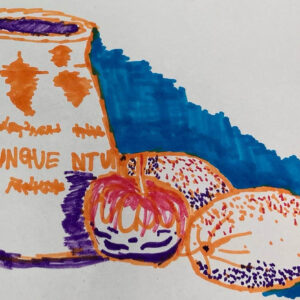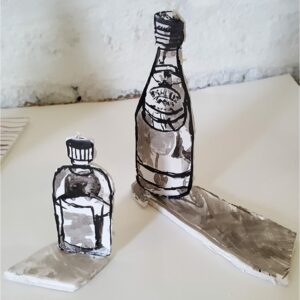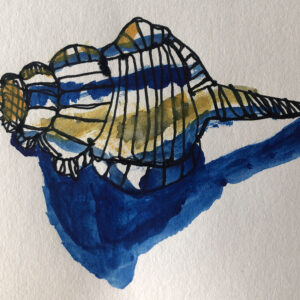By Rowan
The interview below shares how the artist, aged 12, works to build a watercolour painting of her friend.

How do you start out? What are you looking for when you make your pencil sketch?
“I start with the bigger rough shapes to block out the basic proportions, and then I revisit the smaller elements, and depending on how important it is to me to get a good likeness, I look really closely at the shapes which make up those features to give the person I am drawing their personality.”
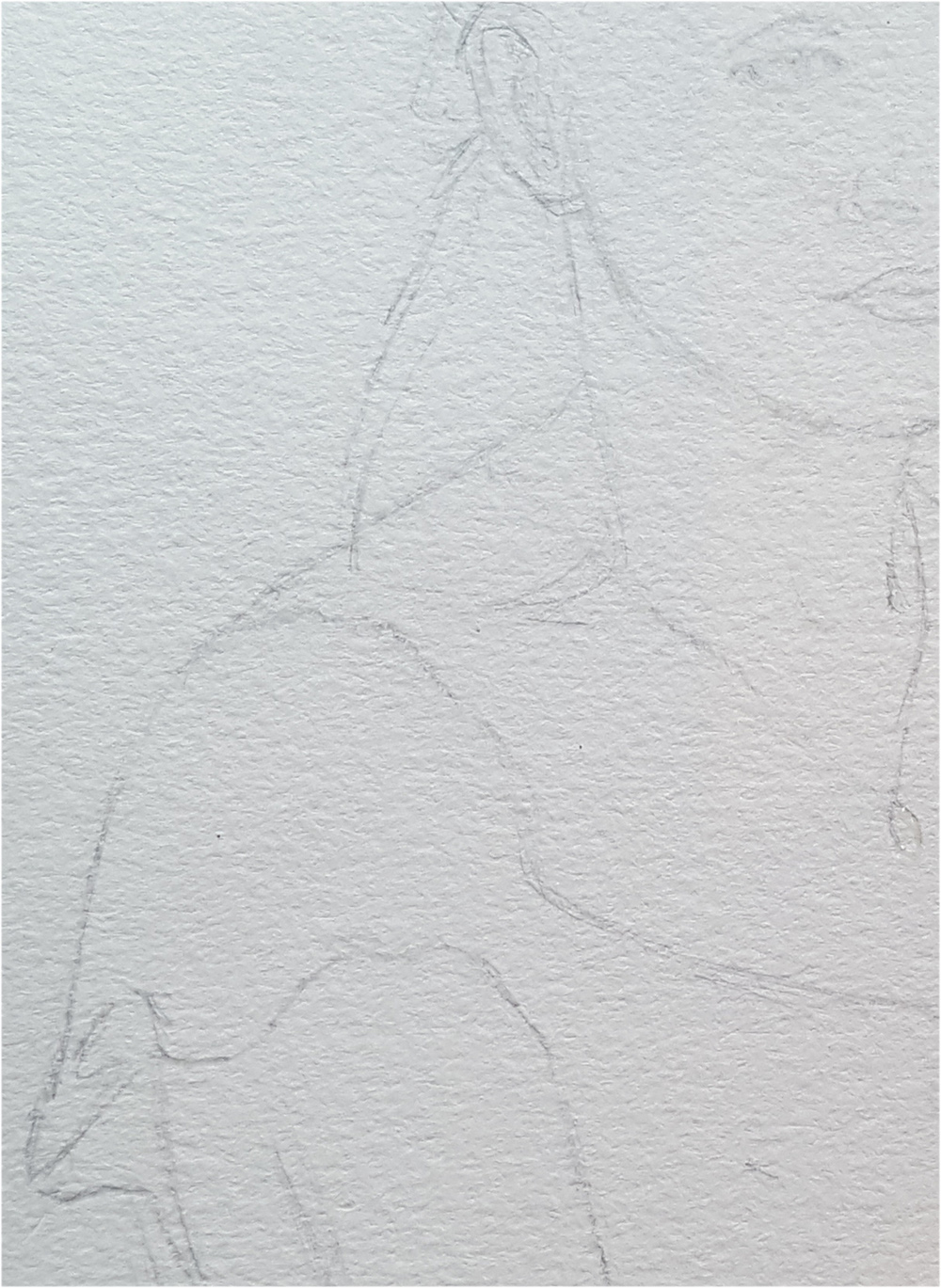
How do you decide where to start painting? Can you talk about how you go from pencil line to watercolour mark?
“If I’m not doing a complicated background I’ll block it out so that I’ve got the negative space to work with. I use a putty rubber to soften the pencil line drawing and then block in the areas with layers of watercolour. When you start using watercolour I think you have to start seeing shapes of colour more than line.”
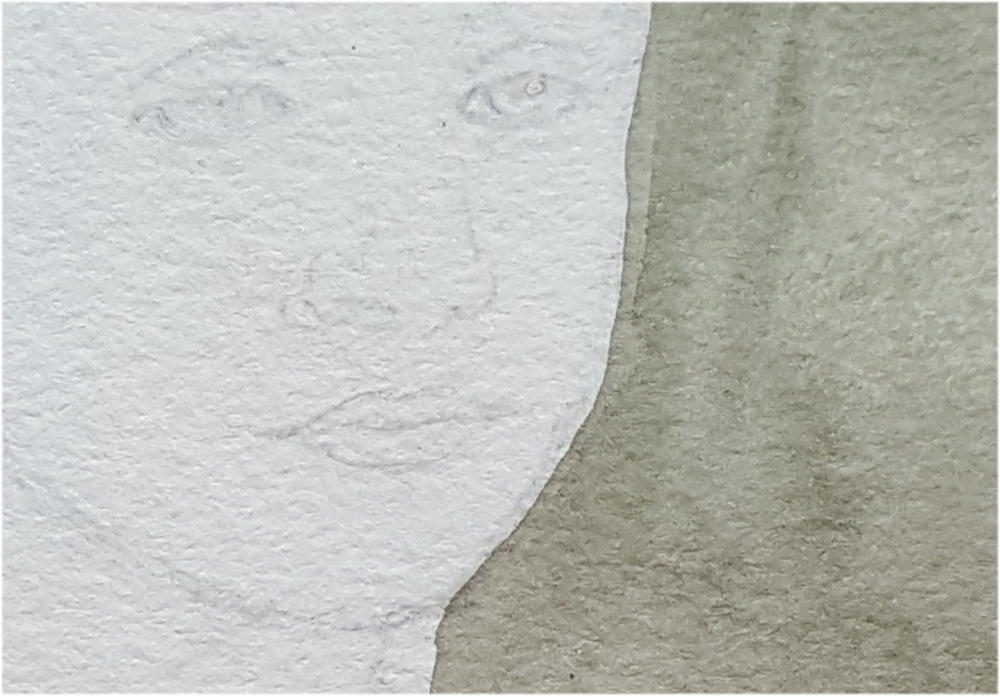
When you work you seem to concentrate on different areas at different times. Can you talk about how you look at the image as a whole as you work?
“Well on another piece of paper I sometimes check if the colours I’m using work together, and I suppose I keep looking back at all the areas of the painting in terms of light / dark so I can balance the image out.”

Can you talk about how you decide which areas to keep looser, and which to give more detail.
“I focus more detail on the areas where the viewers eye is going to look, like the face and things closest to the face and then fade out in detail around them.”
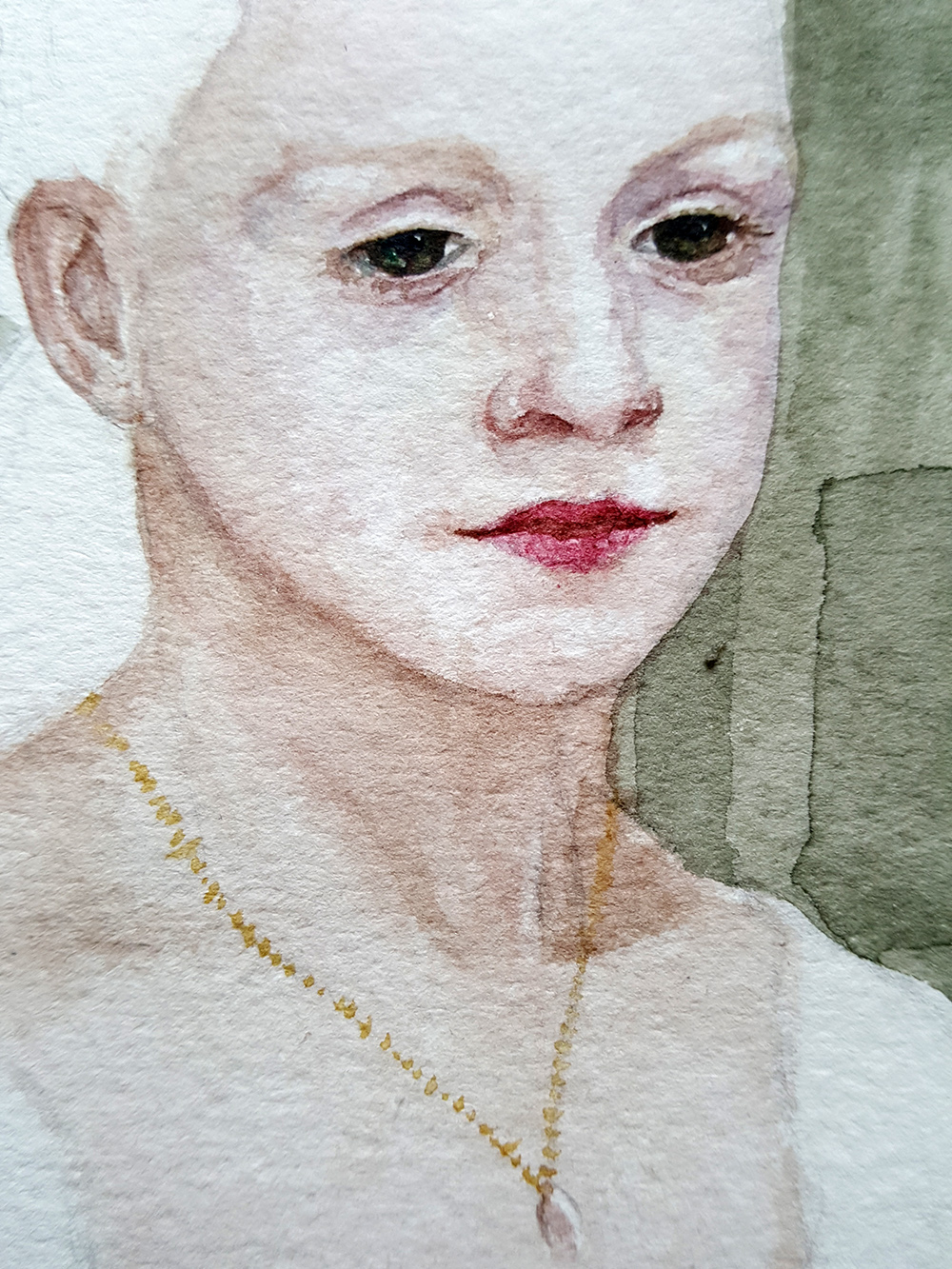

Tell us a bit about your process. The paper, the paint, the brush… the hairdryer… why do you dry between some areas and not between others?
“I usually do a basic light coat or watercolour wash and then hair dryer that – I use the dryer to that as I start adding details they don’t run, but of course in other areas I want the watercolour to bleed so I don’t dry those areas.
I used Windsor and Newton pan watercolours and a variety of watercolour brushes. I used Saunders Waterford paper and brown masking tape round the edge to give a nice clean line when you peel it off. The paper is 300g/m so doesn’t need stretching.”
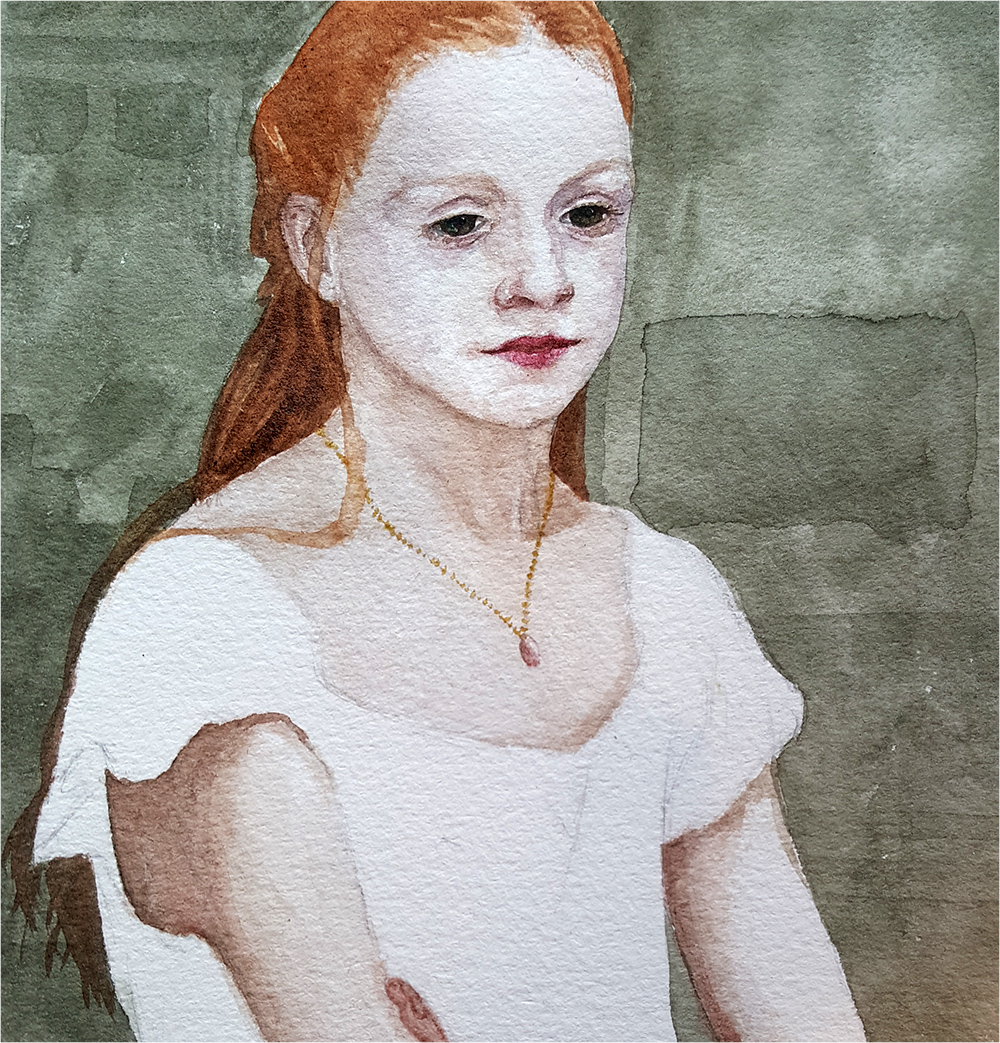

How important was it that this was a friend? Do you think the fact that you know her so well helped you paint her?
“Yes I think it did. It was a surprise for her so I had to work from a reference photo, but I think the fact that I know her well really helped me get her personality across. As I was working I had her in my mind the whole time.”
